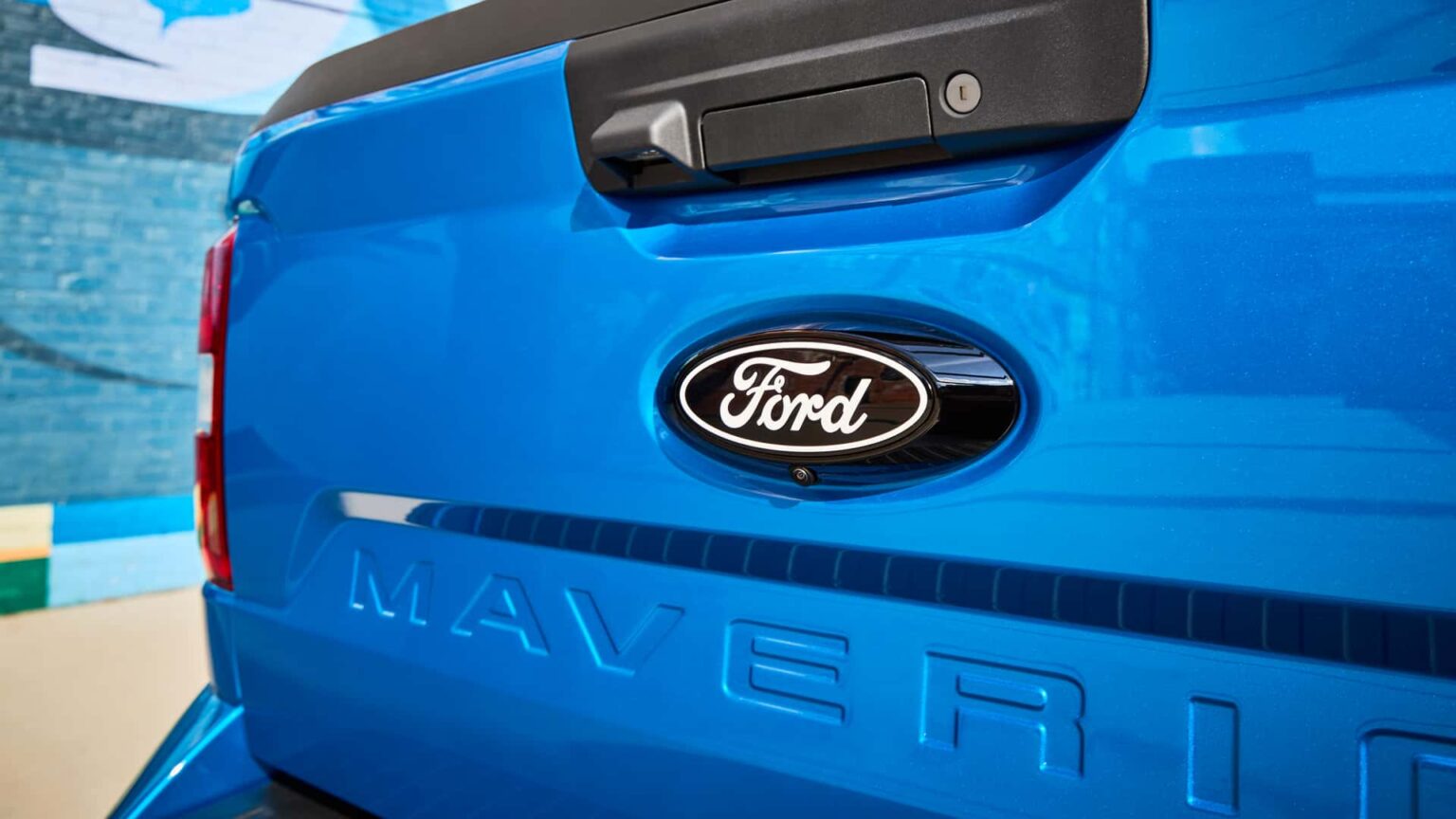In the wake of the Trump administration’s 25-percent tariffs on cars and car parts made outside of the United States, Ford implemented a program called “Ford Motor Company: From America, For America.” It unlocked employee pricing for all through June 2, affording customers the same discounts normally reserved for those working at Ford. It’s been a huge hit so far, according to the company.
“Dealer showroom traffic has climbed by double digits,” the automaker told Ford Authority in a statement. “And our dealers say they love the message, and it is driving business results as well.”
Employee pricing for all represents a stark contrast compared to the rest of the marketplace. While Ford is bringing big discounts in response to tariffs, other automakers, like Mitsubishi and Volvo, have pulled back on incentives for existing inventory. Who’s making the right call?
How Will Employee Pricing Affect Ford’s Bottom Line?
Photo by: Ford
The 2025 Ford Maverick, built in Mexico
It all depends on your outlook. Ford’s plan will likely lead to higher sales and more cash flow in the short term, pointing to a healthy second quarter. Profitability might trend down, but the company is winning some good will with the public, pulling buyers away from competitors, and getting butts in seats.
Where Ford’s strategy could become a problem is later this year. Ford and Lincoln have 99 and 127 days of inventory on dealer lots, respectively, as of last week. That means it’ll take roughly that many days until dealers across the country run out of cars to sell. But with such an attractive incentive in place, those inventories could deplete quicker than expected.
We’ll See the Results Later This Year

Photo by: Jeff Perez / Motor1
The 2025 Ford Mustang Mach-E, built in Mexico
If the Trump administration cancels, renegotiates, or otherwise adjusts tariffs to get things back to normal before current inventory runs dry, Ford’s gamble will have paid off. But if the tariffs stay in place—which seems like the more likely scenario at this point—the Blue Oval will likely have to import more vehicles sooner to keep up with demand.
Mitsubishi and Volvo cut back on incentives for this reason. These companies are expecting the tariffs to remain in place, so they’re pulling back to bank cash for future costs and to prepare buyers for higher prices. Every car the two brands sell in the United States is manufactured overseas.
Ford is less exposed, as over 79 percent of the vehicles it sells Stateside, including the F-150 and the Bronco, are built domestically. But many parts are still sourced from across the border, and some hugely popular models, like the Maverick and the Bronco Sport, are assembled in Mexico.
Right now, it’s tough to say whether Ford made the right call. But we won’t have to wait long to find out, as summer is just around the corner.
Read the full article here



